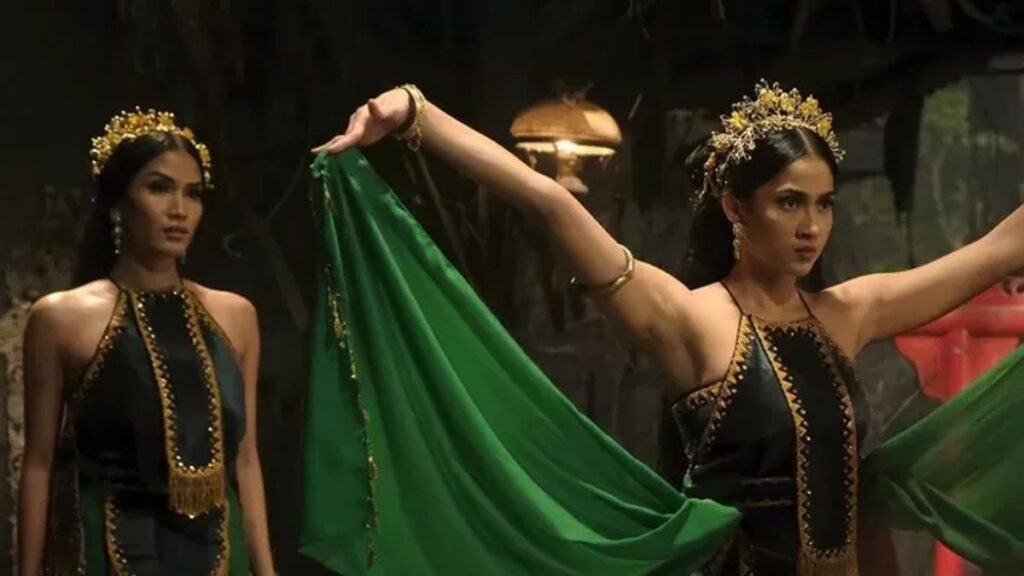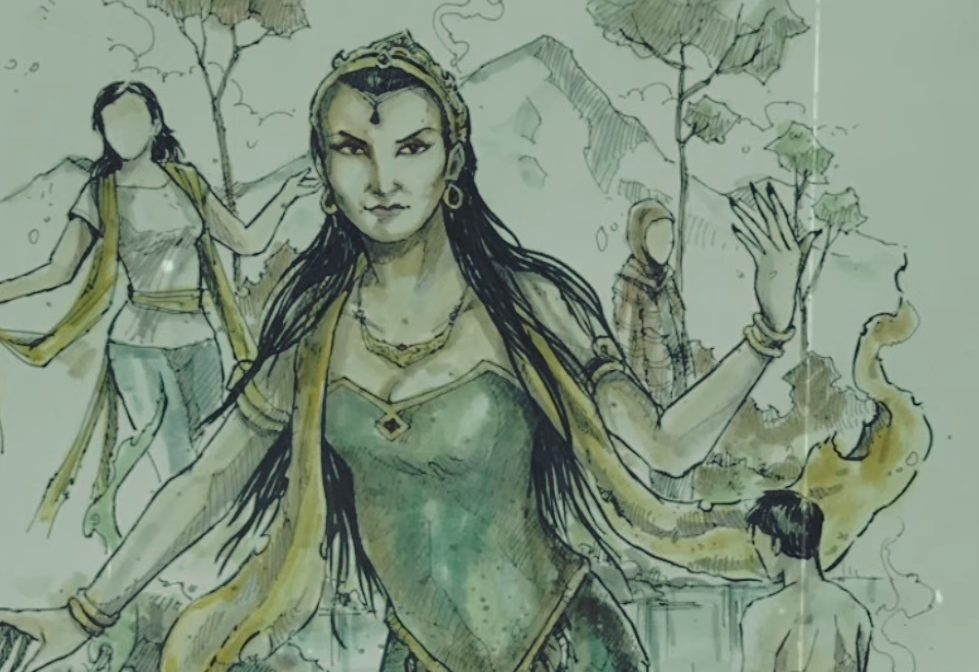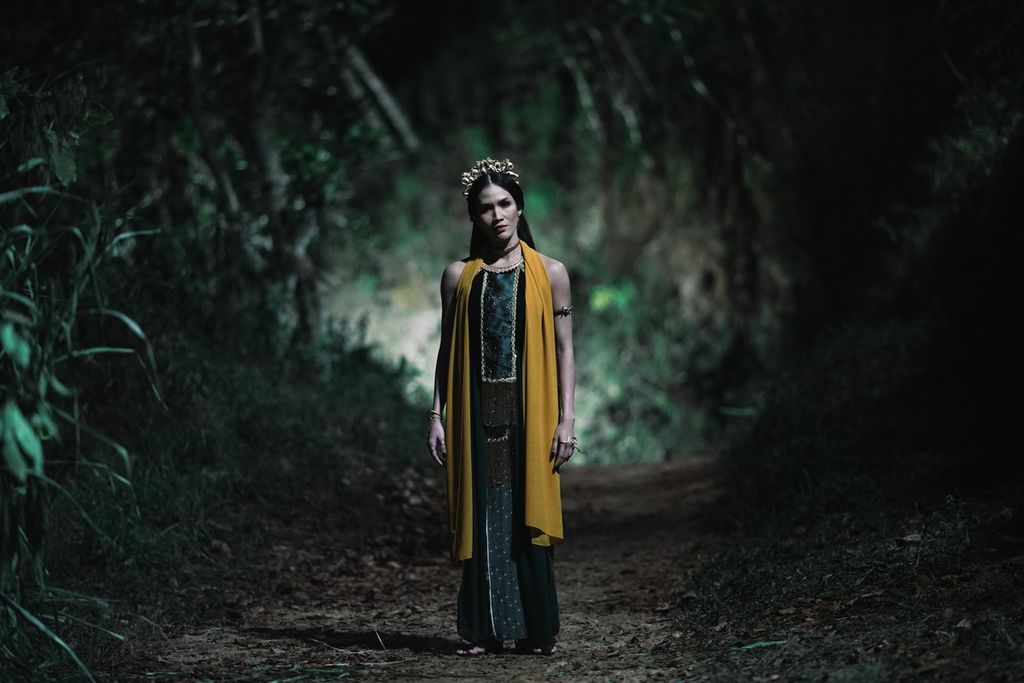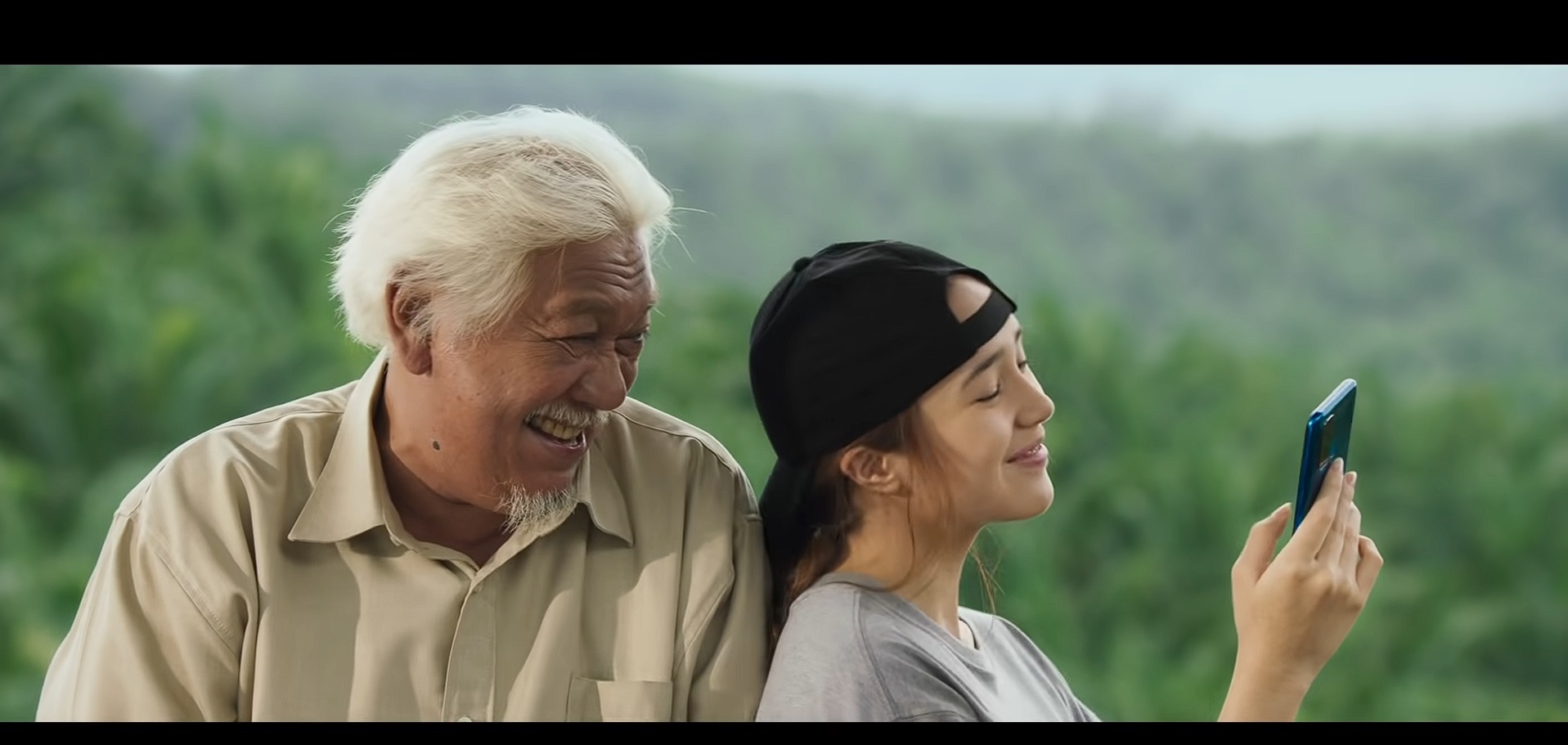In the Indonesian film “KKN Desa Penari,” the character of Badarawuhi emerges as an important figure for the whole story both in the first film and the second film. Badarawuhi is a mystical being that stays in a secluded village in the eastern part of Java Island. Badarawuhi is a dancer, covered in a lavish green costume a la ancient Java reminding us to the fashion of supreme conqueror of the Java’s southern sea, the Queen of the South Sea (Kanjeng Ratu Kidul).
According to several reports, many perceived Badarawuhi as an entertainer or a dancer. A clairvoyant named Om Hao sees Badarawuhi as a beautiful woman whose body is half-snake and possessed other people to perform a magical dance as it is part of her role and existence. Also some suggest that Badarawuhi was Ratna Narekh who was a dancer, a female warrior, and magic scholar (just like Hermione Granger) from the era of Daha Kingdom under the reign of King Airlangga.
Fast forward to hundreds and thousand years later, no one is really interested in the character of Badarawuhi or even her legend from her Ratna Narekh days. Her story re-emerges after the story of KKN di Desa Penari went viral and later on adapted into two popular films despite the negative critics received by the first film titled ‘KKN di Desa Penari’, and the second film titled ‘Badarawuhi di Desa Penari’ received a pretty good respond. The character of Badarawuhi in both film is performed by actress named Aulia Sarah who played the character magnificently.
Badarawuhi as a Novelty in Indonesia’s Horror Landscape
Famale mystical being, or female ghost is not new in legends, myths, and stories. Most of the ghosts in Indonesia’s horror film are female, let’s take a look at Kuntilanak, Wewe Gombel, Sundel Bolong, they all are female. So is Badarawuhi.

In the rich and diverse landscape of Indonesian horror cinema, the character of Badarawuhi from “KKN Desa Penari” stands out as a unique and compelling figure. Her portrayal encapsulates a blend of traditional folklore, cultural symbolism, and contemporary social issues, making her a novelty in the genre.
Badarawuhi’s character draws deeply from Javanese mythology and indigenous cultural practices. Unlike many horror characters that are loosely based on general supernatural elements, Badarawuhi is firmly rooted in specific local legends and traditions. This connection to folklore not only lends authenticity to her character but also educates audiences about the richness of Indonesia’s cultural heritage.
Meanwhile, Kuntilanak, Wewe Gombel, and Sundel Bolong are pretty like each other. They are part of urban legend and categorized as ghosts of modern women from modern civilization. The 3 also wear similar white oversized dresses with messy hair and thick white make-up. They are vengeful spirits of wronged women or ill-fated life.
On the other hand, Badarawuhi is a pretty woman with traditional costume and her affiliation is linked into ancient Java kingdom. The visual representation of Badarawuhi, through costume, makeup, and cinematography, is striking and memorable. Her appearance is crafted to reflect her cultural roots and supernatural essence, creating a distinct and haunting image that sets her apart from other horror characters. The attention to detail in her portrayal enhances the overall impact of her character.
Badarawuhi as a Cultural Resilience Symbol
Badarawuhi is a poignant symbol of cultural resilience amidst the shadows of modernization and societal marginalization. Through her embodiment of indigenous wisdom, symbolic rituals, environmental stewardship, and journey towards empowerment, Badarawuhi transcends mere character portrayal, becoming a beacon of hope and agency for her community and beyond.
Badarawuhi’s character is deeply intertwined with the “urban colonialism” that has shaped the socio-cultural landscape of her indigenous community. Badarawuhi embodies the struggle to reclaim cultural identity in the face of cultural assimilation and modernization.

Central to Badarawuhi’s narrative arc is the symbolism of dance and ritual, which serves as both a cultural expression and a form of resistance against cultural invasion. Through her mesmerizing performances and participation in traditional ceremonies, Badarawuhi not only reaffirms the richness of her cultural heritage but also asserts the vitality of indigenous knowledge in the modern world.
In essence, Badarawuhi’s character in “KKN Desa Penari” transcends the confines of fiction to embody the enduring spirit of cultural resilience in the face of modernization, environmental degradation, and societal oppression. Her character is basically misunderstood as a ghost that haunts people while everything she does is protect the local values that have existed for centuries.
In the first film, Badarawuhi haunts the young couple who cannot control their desire for lust in the sacred place that she protects. Badarawuhi is a dancer, and the dancer’s bathing place is an important place for her, it can be a place where she calls it a home. It’s when the terror begins.
In the second installment of “KKN Desa Penari,” Badarawuhi’s wrath is ignited when her sacred accessory is stolen by one of her own dancers, and the villagers reject their roles as dancers. This pivotal moment underscores the core of her existence: the local culture, the dances, and the traditional music that she so fervently protects. Badarawuhi’s actions and subsequent rage are not born out of malice but from a place of deep hurt and betrayal. Her terror is a reaction to the erosion of her cultural identity and heritage.
This narrative mirrors the broader struggle faced by many indigenous cultures in the modern world. As technological advancements accelerate cultural exchange and influence, the risk of cultural invasion and loss becomes ever more imminent. Local traditions and practices are increasingly marginalized or forgotten in the face of globalization and modernization.
Badarawuhi’s story is a poignant reminder of the importance of preserving cultural heritage. Her rage is a defense mechanism against the forces that threaten to erase her identity and existence. In a world where cultural homogenization is becoming the norm, Badarawuhi stands as a guardian of tradition, emphasizing the need to protect and cherish local cultures. Her character is a powerful symbol of resistance against cultural erasure. Through Badarawuhi, “KKN Desa Penari” not only delivers horror but also a profound message about the value of cultural preservation and the resilience required to uphold it in an ever-evolving world.









Its like you read my mind You appear to know so much about this like you wrote the book in it or something I think that you can do with a few pics to drive the message home a little bit but other than that this is fantastic blog A great read Ill certainly be back
Somebody essentially lend a hand to make significantly posts I might state That is the very first time I frequented your web page and up to now I surprised with the research you made to create this particular put up amazing Excellent job